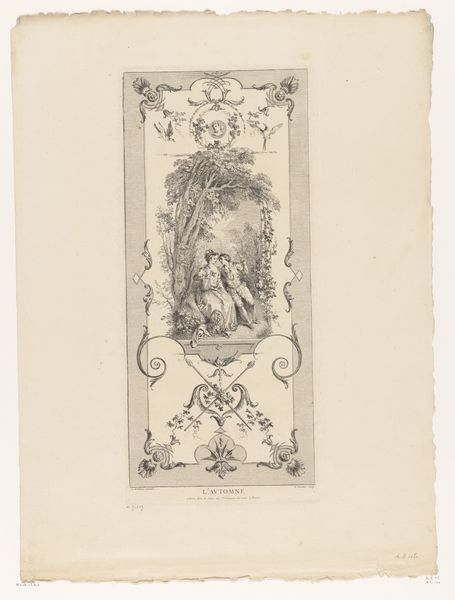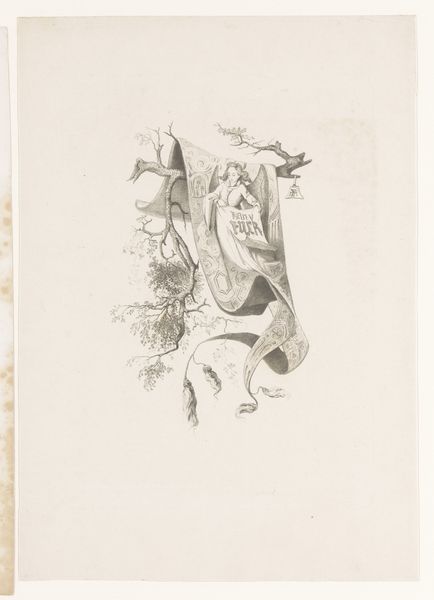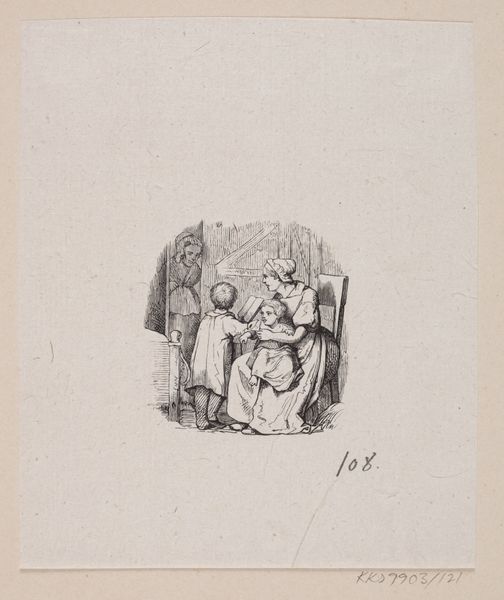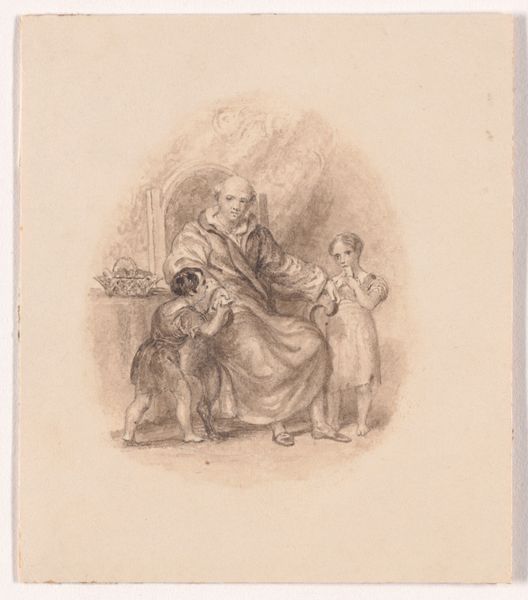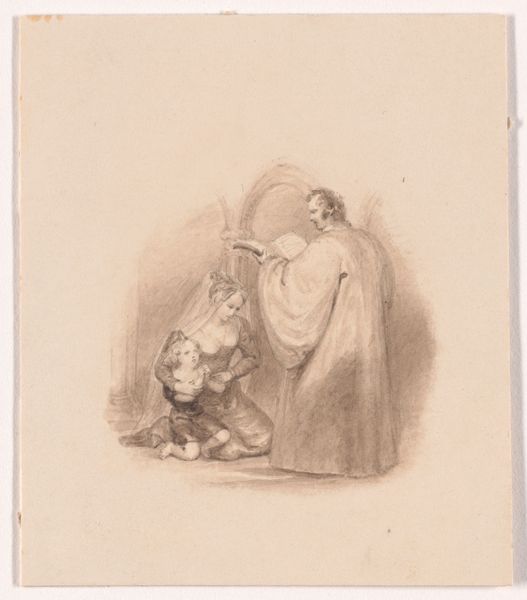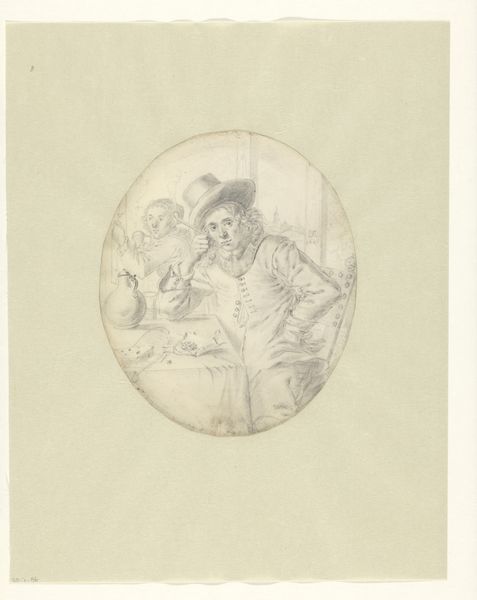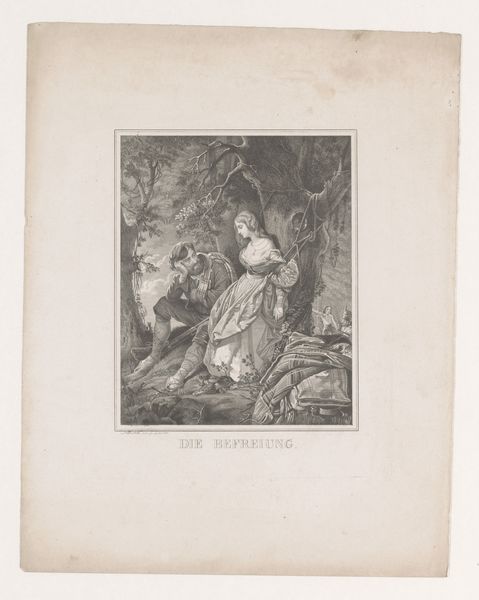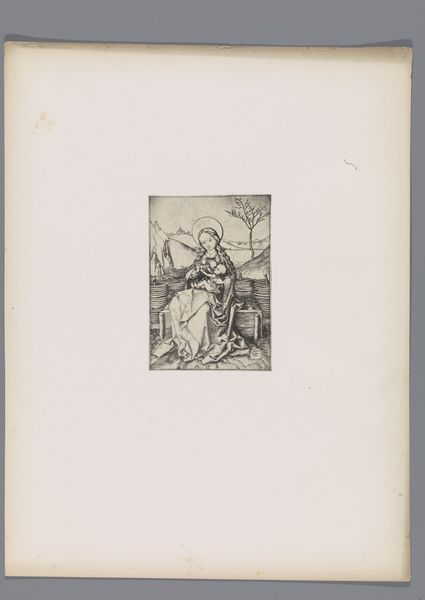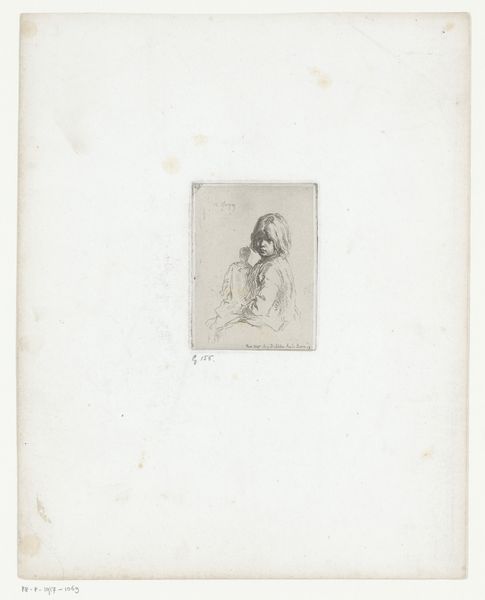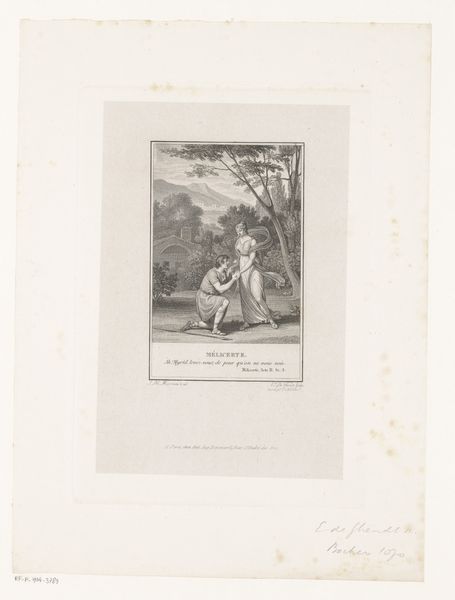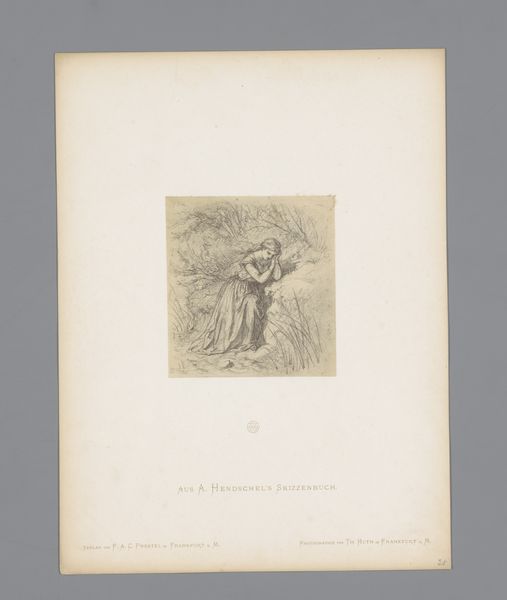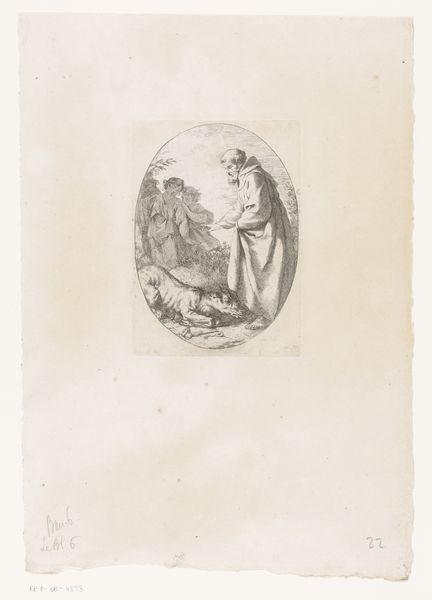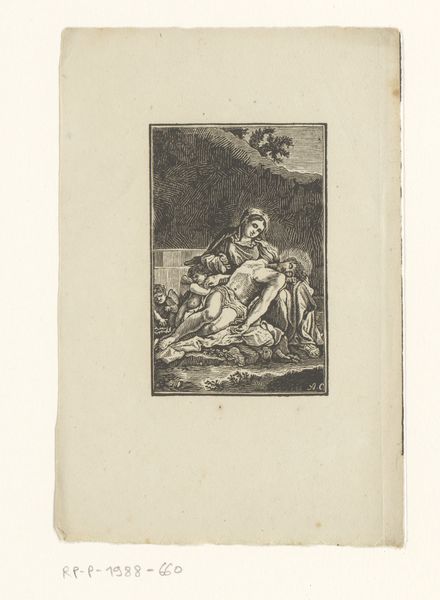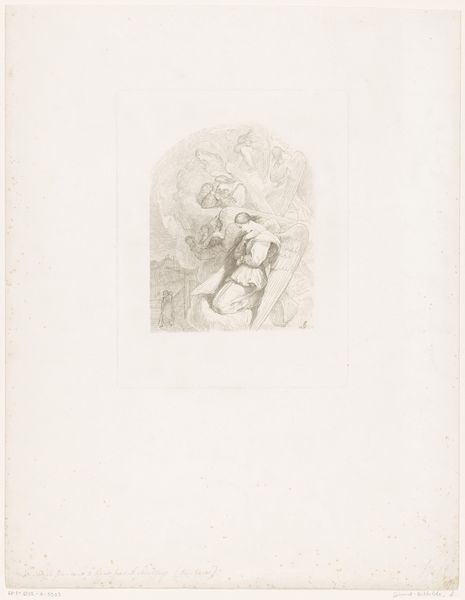
lithograph, print
#
portrait
#
lithograph
# print
#
figuration
#
romanticism
Dimensions: 470 mm (height) x 324 mm (width) (bladmaal)
David Monies made this print of Prinsesse Caroline using lithography, a process that democratized image-making in the 19th century. Lithography relies on the subtle chemistry between grease and water. The artist draws on a flat stone or metal plate with a greasy crayon, then treats the surface so that ink adheres only to the drawn areas. This allows for relatively quick reproduction, a far cry from laborious engraving techniques. Notice the fine, almost feathered lines Monies achieved, capturing the delicate frills of Caroline's dress and the elaborate ornamentation of her hair. But consider the social context: while lithography made images more accessible, the production of prints like these still relied on skilled labor and a market eager for portraiture. So, this artwork reflects both the rise of industrial reproduction and the enduring appeal of aristocratic representation. Ultimately, it prompts us to think about the relationship between artistic skill, technological innovation, and social hierarchies.
Comments
No comments
Be the first to comment and join the conversation on the ultimate creative platform.
